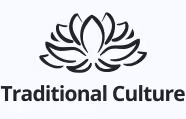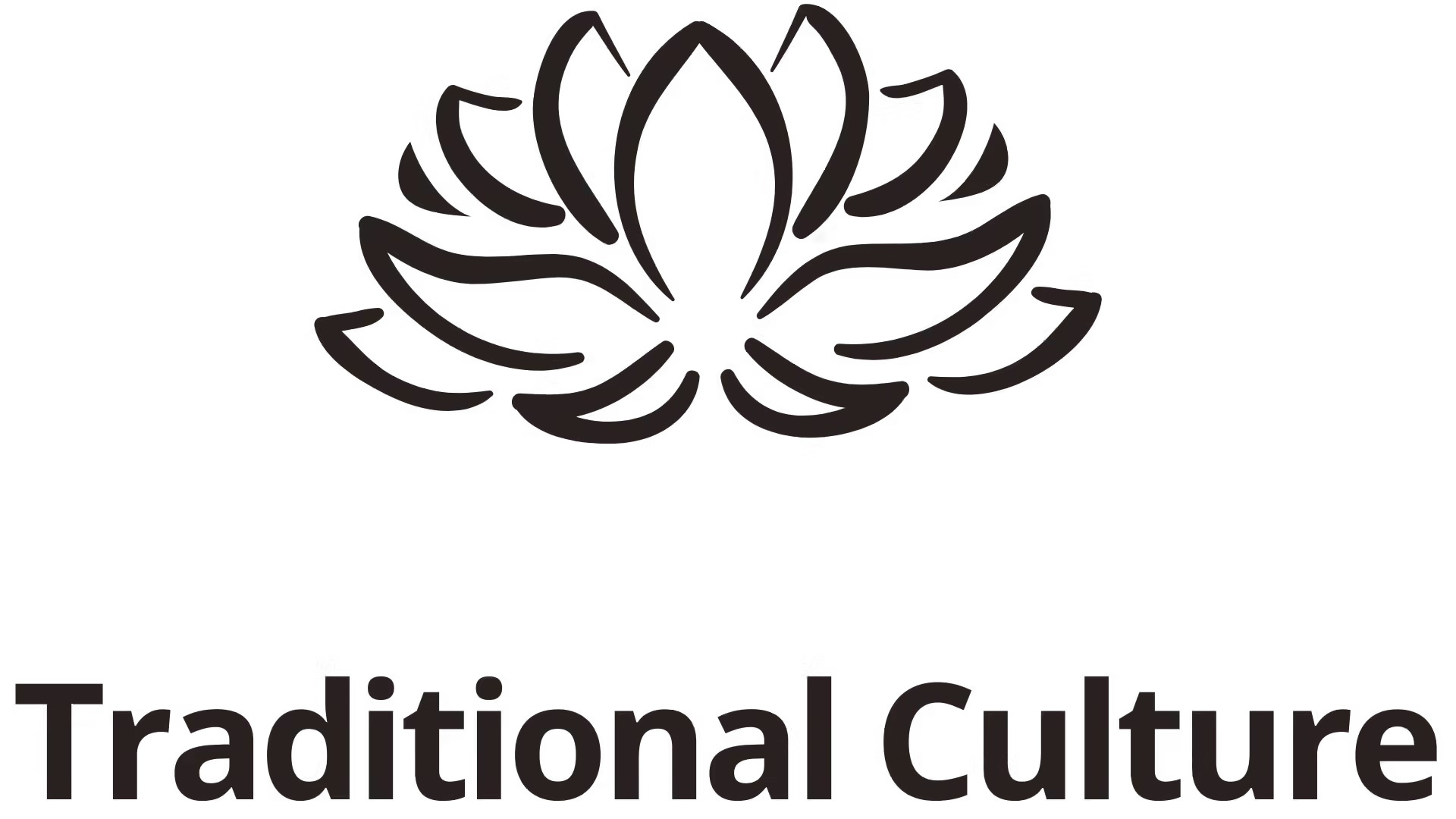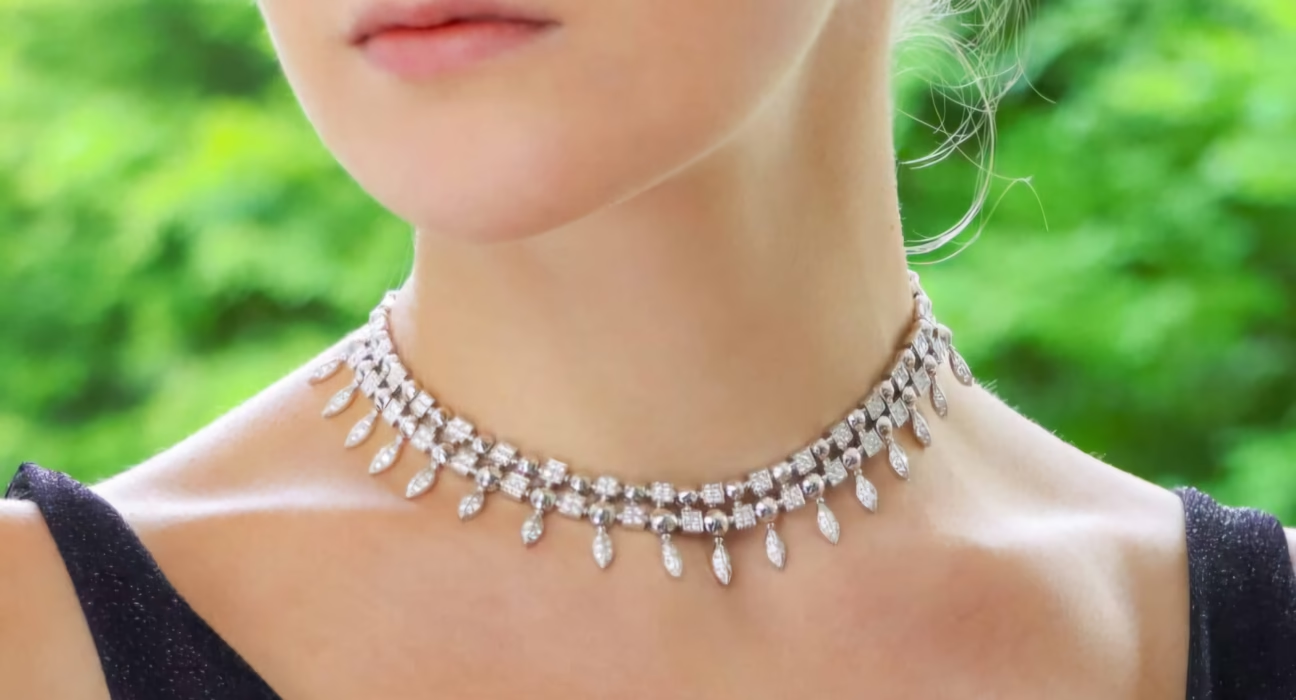A necklace is more than just an accessory; it is a statement, an expression of individuality, and often a cherished heirloom. From ancient civilizations to modern fashion runways, necklaces have held significant meaning and adorned the necks of people across cultures. Their design, material, and craftsmanship can tell stories of love, history, and artistry that transcend generations.
The Historical Significance of Necklaces
Necklaces have been worn by humans for thousands of years, serving various purposes beyond mere decoration. This section will delve into the historical context of necklaces, exploring how they have evolved through time and their relevance in different cultures.
Ancient Beginnings of Necklaces
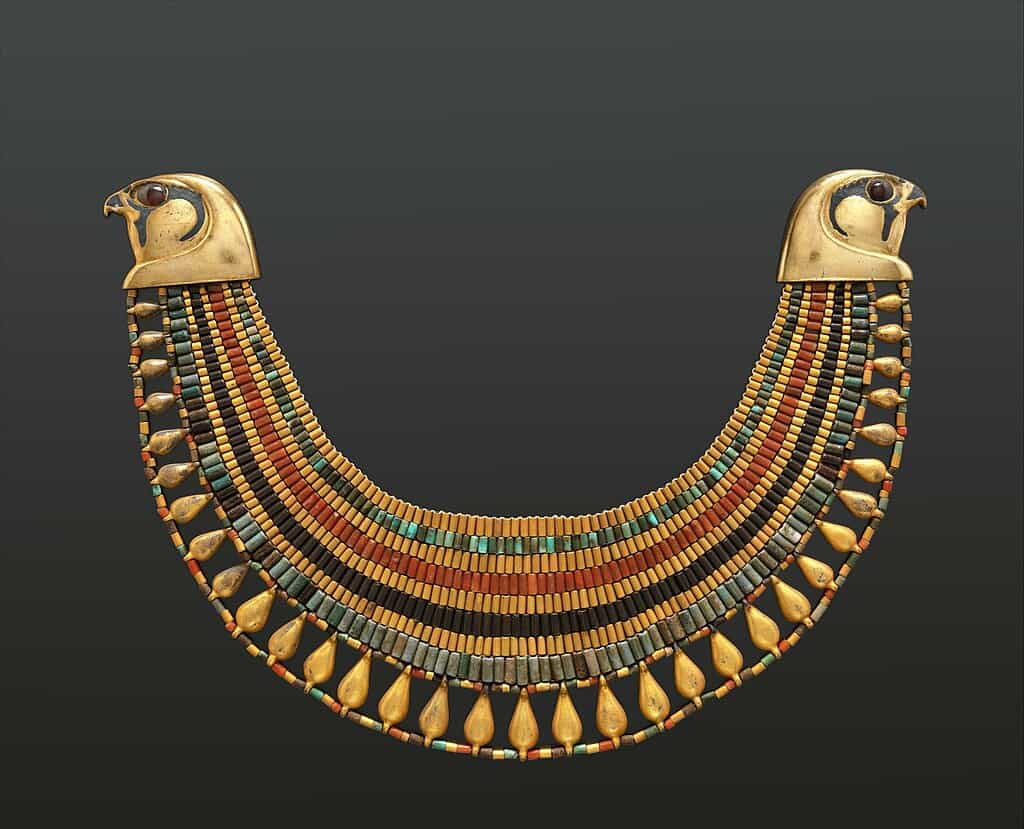
The origins of necklaces can be traced back to prehistoric times when early humans crafted simple adornments from natural materials such as stones, shells, and bones. These primitive necklaces were likely used as talismans or symbols of status within tribes.
As civilizations developed, so did the artistry behind necklace creation. Ancient Egyptians, for example, adorned themselves with intricate gold and gemstone pieces, often associated with deities or the afterlife. Jewelry was not only a display of wealth but also a means to convey one’s social standing.
In addition to aesthetic appeal, these necklaces served practical purposes. They could hold precious items such as amulets or charms, believed to provide protection and strength. This dual function illustrates the profound connection between necklaces and spirituality in ancient societies.
Cultural Variations in Necklace Design
Across different cultures, necklaces have taken on unique forms and meanings. In African tribes, for instance, beadwork is prevalent, with each color and pattern representing specific tribal affiliations or personal achievements. These handcrafted pieces are rich in symbolism and storytelling.
Similarly, in East Asian cultures, jade necklaces symbolize purity, wisdom, and protection. Jade has long been considered a sacred stone, and wearing a necklace made of this material is believed to invite good fortune and ward off negative energies.
In contrast, Western cultures have seen shifts in necklace styles reflective of broader fashion trends. During the Victorian era, chokers adorned with cameos were prominent, while the 1920s brought beaded flapper necklaces that exuded opulence and glamour. Each period’s distinct jewelry reflects societal values, technological advancements, and artistic movements, which continue to influence today’s designs.
The Evolution of Materials in Necklace Making
The materials used to create necklaces have dramatically transformed over time. Early necklaces were primarily fashioned from organic materials, but with the advent of metallurgy, metals like gold, silver, and bronze became popular. These materials signified luxury and permanence, further enhancing necklaces’ status as valuable possessions.
In recent years, there has been a resurgence of interest in using sustainable materials and repurposing vintage items. Many contemporary artisans choose ethically sourced gemstones, recycled metals, and fair-trade materials to craft eco-friendly necklaces. This shift towards sustainability not only reflects changing consumer preferences but also fosters a deeper appreciation for craftsmanship.
Moreover, the advancement of technology has enabled jewelers to explore new possibilities. 3D printing and laser cutting allow for intricate designs previously thought impossible, pushing the boundaries of creativity in necklace-making.
Symbolism and Meaning Behind Necklaces

Beyond their physical beauty, necklaces often carry deep symbolic meanings. This section examines the various interpretations and sentiments associated with necklaces across different contexts.
Necklaces as Symbols of Love and Connection
One of the most cherished meanings of necklaces is their association with love and relationships. Couples frequently exchange matching necklaces, symbolizing their bond and commitment. Engraved pendants or lockets containing pictures of loved ones serve as tangible reminders of one’s affection.
In various cultures, it is customary to gift necklaces during significant life events. For example, many brides wear family heirlooms as part of their wedding attire, honoring heritage while marking a new chapter in their lives. These pieces become infused with emotional significance, representing love, unity, and continuity.
Friendship necklaces are another popular trend, where two or more individuals wear complementary pieces, expressing their connection. These tokens serve as a daily reminder of cherished friendships and shared experiences, reinforcing emotional bonds.
Necklaces as Expressions of Identity
A necklace can also represent personal identity. Many people use jewelry as a form of self-expression, showcasing their beliefs, values, or interests. For instance, religious symbols such as crosses or stars of David crafted into a necklace serve as visible affirmations of one’s faith.
Cultural pride is often conveyed through traditional necklaces featuring indigenous designs or local crafts. Wearing such pieces allows individuals to celebrate their heritage and stand in solidarity with their communities.
Furthermore, contemporary movements, including feminism and LGBTQ+ rights, have inspired the creation of necklaces that embody empowerment or advocacy. Such accessories advocate messages of inclusivity and acceptance, transforming a simple piece of jewelry into a powerful statement.
The Psychological Impact of Wearing Necklaces
Jewelry, including necklaces, can significantly impact one’s sense of self and confidence. Adorning oneself with a beautiful necklace can evoke feelings of elegance and positivity. Psychologically, wearing a piece that resonates personally can boost self-esteem and enhance the wearer’s mood.
Interestingly, some studies suggest that wearing certain colors or materials can affect emotions and perceptions. For example, gold is often associated with luxury and success, while cool-toned gemstones are thought to bring calmness and clarity. By choosing specific necklaces, individuals may subconsciously seek to invoke particular feelings or attitudes.
Additionally, necklaces can serve as comfort objects during challenging times. A cherished piece handed down from a loved one or a distinctive item purchased during a significant moment can provide solace and strength in moments of uncertainty.
The Craftsmanship Behind Stunning Necklaces
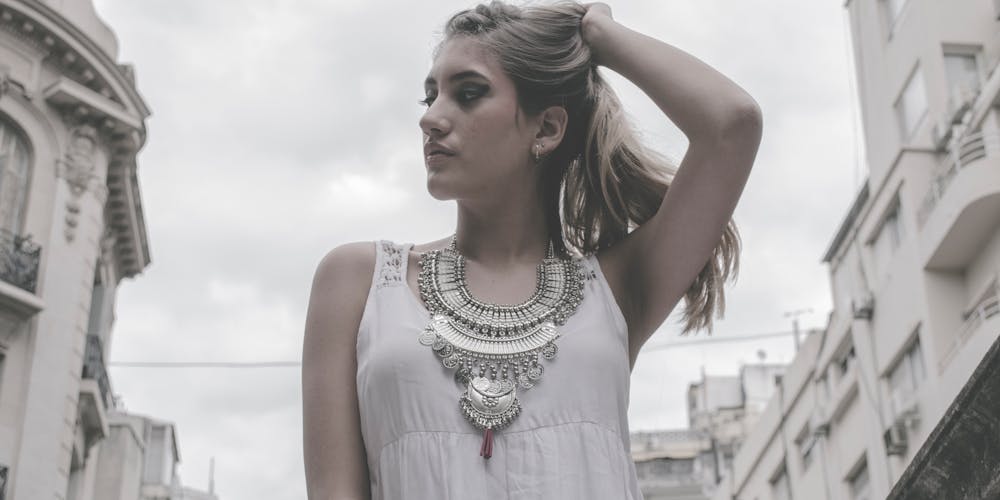
Crafting a necklace is an art form that combines skill, creativity, and passion. This section explores the intricate processes involved in creating exquisite necklaces, highlighting the dedication artisans pour into their work.
Techniques and Tools Used in Necklace Creation
Creating a necklace requires mastery over various techniques such as metalworking, bead weaving, or gemstone setting. Each technique demands precision and attention to detail, ensuring that the final product meets the highest standards.
Metalsmithing, for example, involves manipulating metal through processes like forging, soldering, and polishing. Artisans often utilize tools such as hammers, saws, and pliers to shape and refine their designs. Learning these skills takes years of practice and formal training, often passed down through generations.
Beadwork, on the other hand, is a labor-intensive process that includes stringing beads together in intricate patterns. Many cultures have unique beadwork traditions, often using specific stitches or techniques passed down through generations. Mastering these methods requires both artistry and patience, as even small errors can disrupt the overall design.
Advancements in technology have also impacted craftsmanship. Computer-aided design (CAD) software enables jewelers to visualize and simulate their creations before crafting them physically. This innovation streamlines the design process and allows for greater experimentation with shapes and configurations.
The Importance of Quality Materials
The quality of materials used in necklace creation greatly influences the final product’s durability and aesthetic appeal. High-quality gemstones, for example, can elevate a simple design into a striking centerpiece. When selecting stones, artisans consider factors such as cut, clarity, color, and carat weight to ensure they achieve maximum brilliance.
Similarly, metals play a crucial role in determining the overall look and feel of a necklace. Jewelers often choose materials based on their properties—gold and silver are prized for their malleability and luster, while stainless steel is favored for its strength and resistance to tarnishing.
Sourcing ethical materials is gaining traction among jewelers who prioritize sustainability. Transparent supply chains and environmentally friendly practices resonate with consumers seeking to make informed choices about their jewelry purchases. As awareness of environmental issues grows, many artisans are compelled to adopt responsible sourcing methods.
The Role of Artistic Vision in Necklace Design
Artistry is at the core of necklace creation. Each designer brings their unique vision to the table, drawing inspiration from various sources—nature, culture, architecture, or personal experiences. This creative process results in a diverse array of styles, offering something to suit every taste.
Designing a necklace often begins with sketching or conceptualizing ideas. Once a clear vision emerges, artisans meticulously select materials and techniques that align with their artistic goals. This phase may involve numerous iterations and refinements, underscoring the importance of patience and persistence.
Collaboration with other artists, such as gem cutters or metalworkers, can enhance the design process. Partnerships can lead to innovative combinations of techniques and materials that might not have been possible independently, fostering creativity and pushing the boundaries of traditional jewelry design.
Ultimately, the fusion of craftsmanship, quality materials, and artistic vision culminates in a stunning necklace that tells a story—a representation of the artisan’s dedication and the wearer’s unique journey.
The Fashion Evolution of Necklaces
As trends evolve, so do necklaces, which continue to adapt to the changing landscape of fashion. This section will discuss the interplay between necklaces and fashion, highlighting iconic styles and their cultural relevance.
Iconic Necklaces That Shaped Fashion History

Throughout history, certain necklaces have left indelible marks on fashion. One prime example is the pearl necklace, which has transitioned from a symbol of aristocracy to a timeless classic embraced by women of all backgrounds. The elegance and versatility of pearls make them suitable for both casual and formal occasions.
Chokers also experienced a revival, becoming a staple in 1990s pop culture, thanks to celebrities and musicians who wore them prominently. Today, chokers come in various designs—from simple velvet ribbons to elaborate gemstone-studded pieces—reinventing their appeal for a new generation.
Statement necklaces have gained popularity in recent years, often featuring bold colors, oversized designs, and intricate embellishments. These pieces are perfect for elevating a simple outfit, allowing wearers to showcase their personality and creativity.
The Impact of Social Media on Necklace Trends
Social media platforms such as Instagram and TikTok have revolutionized the way fashion trends spread, including necklaces. Influencers often showcase their favorite pieces, inspiring millions worldwide to experiment with their jewelry collections. Hashtags related to necklace styles can go viral overnight, leading to widespread adoption of new trends.
This phenomenon has created a sense of accessibility in fashion, where individuals are encouraged to mix and match styles regardless of traditional norms. The democratization of fashion allows for personal expression, breaking away from rigid conventions about what jewelry should represent.
Moreover, social media enables direct connections between artisans and consumers, facilitating the promotion of independent jewelry designers. Handmade necklaces gain visibility, leading to a resurgence of interest in unique, one-of-a-kind pieces as consumers seek alternatives to mass-produced items.
The Future of Necklace Fashion
Looking ahead, the future of necklaces appears promising, with several trends shaping the industry. Sustainability remains at the forefront, as conscious consumers increasingly seek out eco-friendly options. This shift encourages designers to innovate and find creative ways to incorporate recycled materials while maintaining high-quality craftsmanship.
Additionally, personalization is becoming a significant trend. Customized necklaces featuring initials, birthstones, or meaningful symbols allow wearers to express their individuality. Personal touches add sentimental value, making these pieces cherished keepsakes rather than mere accessories.
Technological advancements, such as augmented reality (AR) apps and virtual try-ons, are also set to influence the shopping experience. Consumers can envision how a necklace will look on them before making a purchase, enhancing confidence in their buying decisions.
As the world continues to evolve, so too will the meanings and expressions woven into every piece of jewelry, including necklaces. Ultimately, these accessories will remain a vital aspect of fashion, reflecting the ever-changing narratives of those who wear them.
Conclusion
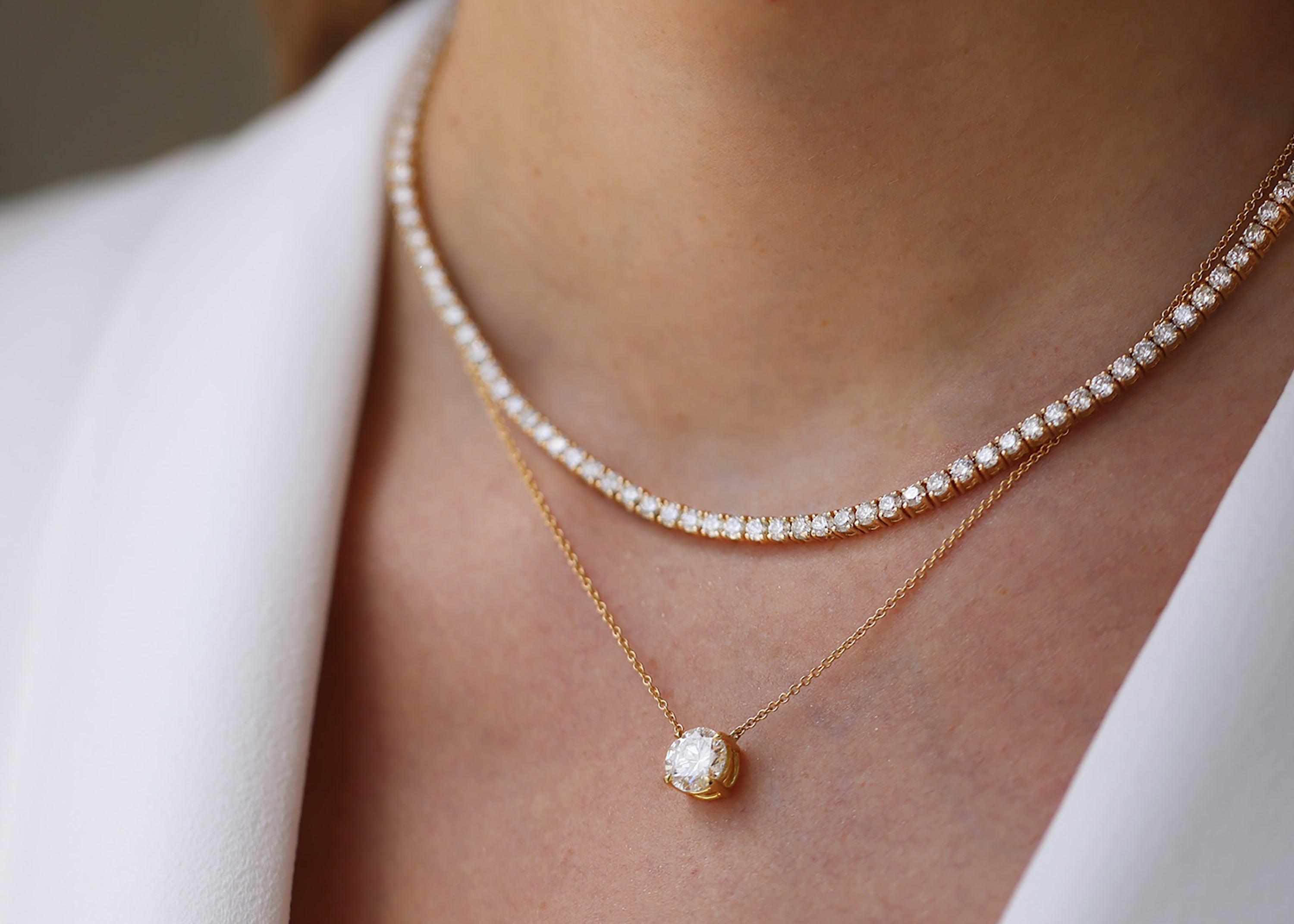
In summary, the journey of a necklace transcends mere ornamentation, weaving through history, culture, craftsmanship, and personal expression. Each piece carries a narrative that connects the past with the present, celebrating the artistry and significance inherent in jewelry. As we navigate the complexities of identity, love, and fashion, necklaces will continue to shine as timeless symbols of our shared experiences and individual stories.
✉️ Stay Connected — Subscribe for Weekly Updates
Discover timeless stories, practical wisdom, and beautiful culture — delivered straight to your inbox.
*We only share valuable insights — no spam, ever.

